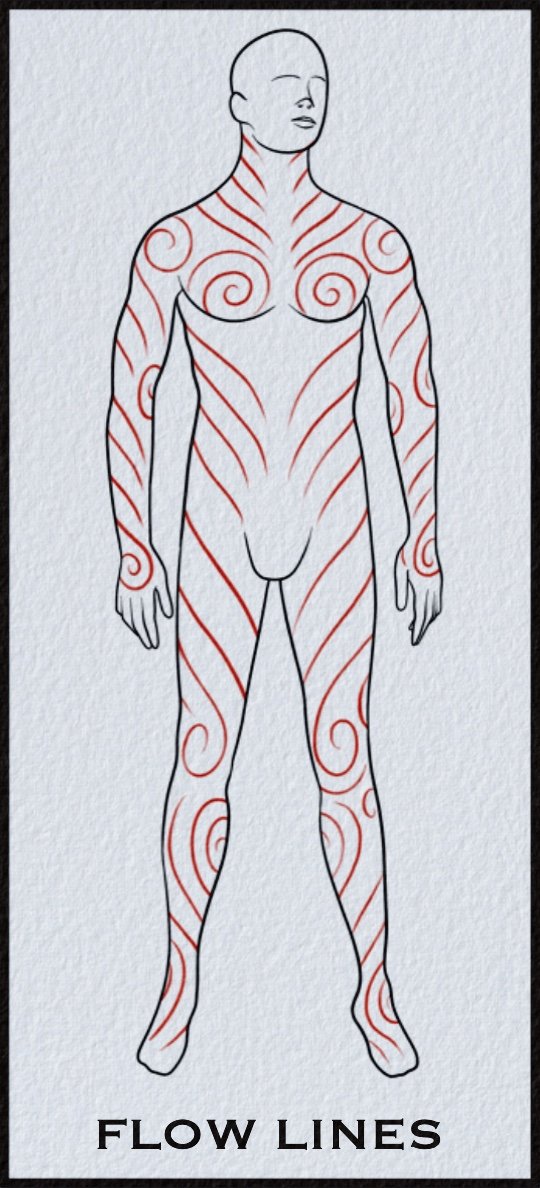Tattoo Placement and Planning
We’ve all heard the phrase “The customer’s always right!” Many of us have even said it, and as customers, it’s easy to feel like it should be true. However, in the tattoo industry, I’ve often heard this followed up with, “Not in tattoo studios, they aren’t” usually accompanied by a laugh, or occasionally, a challenging stare. Thankfully those types of attitudes and treatment of customers has mostly left the industry and you most certainly won’t experience something like that at Lantern And Moth!
The tattoo industry has evolved significantly over the years, with artists placing a greater emphasis on customer service than they did just 10 years ago. While customers may not always be right, they are still the customer and deserve to get the tattoo they want. It’s our job to provide them with the relevant information to make an informed decision.
One common debate is the placement of words on the wrist—should they be right-side up or upside down? Some clients prefer to have the text facing them, as it’s “for me.” I don’t mind either way, but I do explain that while it will be right-side up for the few times you glance at it the week after getting it done, it will be upside down for everyone else forever. But ultimately, you do you.
I’ve seen some artists get very upset over this issue, which seems like wasted energy to me. We can either do the tattoo the way the customer asks or choose not to do it at all—it’s that simple. A professional tattoo artist will always have opinions on size, placement, and angle, but a truly great artist will offer advice and then respect the customer’s decision, provided it won’t reflect poorly on themselves or the studio.
Here are my thoughts on tattoo placement and planning:
1. Maximize the Space: Try to fill or nearly fill the area where the tattoo will be placed. It generally looks better this way. You wouldn’t see a 100cm x 100cm canvas with a 6cm x 6cm painting sitting in one corner, and the same principle applies to tattoos.
2. Have a Plan: If you plan on adding to the tattoo later, let the artist know. They can approach the piece differently, leaving you with more options. Generally, it’s better to do it all at once. Tattoos that have been added onto often look like exactly that—an addition rather than a cohesive piece.
3. Consider Future Tattoos: If you’re getting a small tattoo and plan on having a large piece in the future, be mindful of where you place it. For example, if you have a small tattoo on your right forearm and want another on your wrist, consider placing it on the right wrist to keep the left arm free for a full sleeve in the future. This saves the future artist from having to work around or cover existing tattoos.
4. Go with the Flow: Depending on the style and subject matter, it’s advisable to give the tattoo some flow so it follows the natural lines of your body. Tribal, biomechanical, and Japanese tattoos, in particular, look more harmonious when they flow with the body. These styles can appear stiff if not designed with the body’s natural curves in mind.
5. Style and Subject Matter: Of course, subject matter and style play a significant role in how much flow can be incorporated into the design and placement. With some designs, it’s not feasible to create flow, and some styles, such as Western Traditional, don’t require it to maintain the aesthetics and tradition of the style.
To wrap things up, all of the above are guidelines toward having a better tattoo. Tattooing is an art form, and like all forms of art, there are no absolutes. Things are rarely black and white. We always strive to advise our customers on what we think will work best, while also understanding that everyone has different tastes. Ultimately, it’s YOUR tattoo, and our primary goal is to ensure YOU are happy with the final result.



